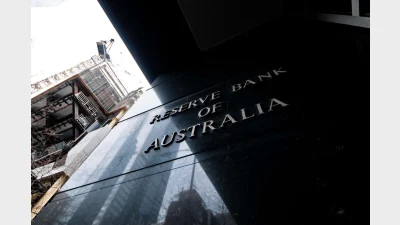‘Remarkable’ inconsistencies in super calculators cause confusion: Chant West


Australia's superannuation industry needs to look at standardising the assumptions used in super calculators to build consumer confidence, Chant West reports.
In its latest multi-manager quarterly survey review, Chant West said the "industry is notorious for inconsistencies between funds in product design and disclosure", adding "that same trait is evident when it comes to online calculators".
"While it is reasonable for funds to use their own fees and insurance premiums in their calculators, default investment returns and discount rates should be standardised as much as possible," the report said.
"It is not as if standardisation is a new concept. When it comes to benefit forecasts in member statements, ASIC is very clear about what is permissible.
"Most importantly, it specifies (in Regulatory Guide 229) that the earnings assumption should be an annual real rate of return (i.e. relative to wage growth), net of tax and investment fees, of three per cent.
"As we have seen, the earnings rate assumptions in calculators are many and varied.
"It is likely that a member could look at the forecast benefit in his member statement, enter the same basic information into his fund's calculator and come up with a completely different end result.
"Clearly, there is potential for confusion and perhaps even mistrust and that is most likely lead to inaction — exactly the opposite of what the calculator is intended for.
"While we've argued that more standardisation is desireable, that doesn't mean all calculators should be the same.
"These is still plenty of scope for the better funds to distinguish themselves by building calculators that are more user-friendly, more engaging and more realistic than those of their competitors."
Recommended for you
Governor Michele Bullock took a more hawkish stance on Tuesday, raising concerns over Donald Trump’s escalating tariffs, which sent economists in different directions with their predictions.
Equity Trustees has announced the appointment of Jocelyn Furlan to the Superannuation Limited (ETSL) and HTFS Nominees Pty Ltd (HTFS) boards, which have oversight of one of the companies’ fastest growing trustee services.
Following growing criticism of the superannuation industry’s influence on capital markets and its increasing exposure to private assets, as well as regulators’ concerns about potential risks to financial stability, ASFA has released new research pushing back on these narratives.
A US-based infrastructure specialist has welcomed the $93 billion fund as a cornerstone investor.













